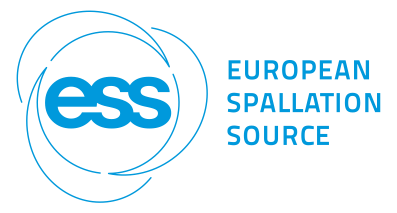Speaker
Dr
Anthony MARCHIX
(Irfu/SPhN, CEA, Université Paris-Saclay, 91191 Gif-sur-Yvette)
Description
In the next decade, the neutron community will have to face with the programmed shut-down of major fission-based neutron sources in Europe. This will reduce the Europe capacities to produce neutrons for major industrial or societal challenges such as nuclear data measurements for nuclear industry, fundamental solid state physics studies with neutron scattering experiments, neutron radiography especially for industrial materials qualification and also medical purposes such as isotope production or neutron-capture therapy. An envisaged strategy to partly compensate this loss is to build small scale or regional neutron sources devoted to specific applications based on the accelerator technology. The (p,xn) or (d,xn) reactions using low-energy proton or deuteron beams impinging on a Lithium or Beryllium target can produce efficiently neutrons, whose its energy has to be convert in the specific energy range of the dedicated application (thermal and/or epithermal energy).
In CEA, we have launched the SONATE project [1, 2] that aims to study and develop a compact neutron source based on high-intensity proton beams. Dealing with high-intensity beams, many challenges appear, especially the heat removal of the target that is a limiting parameter for the beam intensity. The optimization of the target/moderator assembly is a key ingredient to maximize the neutron transport onto the instrument/sample. This optimization should be done taking into account the heat removal problem and the neutron features required by the users as for example the energy-pulse, the brightness and the shaping-time of the pulse. All these points could only be addressed by using validated and predictive Monte-Carlo simulations and require reliable nuclear data on the primary nuclear reactions both on the Li(p,n) and Be(p,n) reactions. Using the IPHI accelerator in Saclay we already have validated the Geant4 simulation with 3MeV proton on Be target and a polyethylene moderator, showing the sensitivity to the neutron angular distribution.
After a short review of CANS (Compact Accelerator Neutron Source) developments in the world, I will present the validation of the GEANT4-based simulation tool in terms of nuclear model point of views, as well as its application for the development of a prototype in Saclay.
[1] A. Letourneau et al., to be published in EPJ Web of Conferences ND 2016, Bruges (Belgium), 2016
[2] H.N. Tran et al., to be published in Proc. Conf. SATIF-13, Dresden (Germany), 2016
Author
Dr
Anthony MARCHIX
(Irfu/SPhN, CEA, Université Paris-Saclay, 91191 Gif-sur-Yvette)
Co-authors
Dr
Alain LETOURNEAU
(Irfu/SPhN, CEA, Université Paris-Saclay, 91191 Gif-sur-Yvette)
Dr
Alain MENELLE
(IRAMIS/LLB, CEA, Université Paris-Saclay, 91191 Gif-sur-Yvette)
Dr
Frédéric OTT
(IRAMIS/LLB, CEA, Université Paris-Saclay, 91191 Gif-sur-Yvette)
Mr
Jérôme Schwindling
(Irfu/SACM, CEA, Université Paris-Saclay, 91191 Gif-sur-Yvette)
Dr
Ngoc Hoang TRAN
(Irfu/SPhN, CEA, Université Paris-Saclay, 91191 Gif-sur-Yvette)
Mr
Nicolas CHAUVIN
(Irfu/SACM, CEA, Université Paris-Saclay, 91191 Gif-sur-Yvette)
